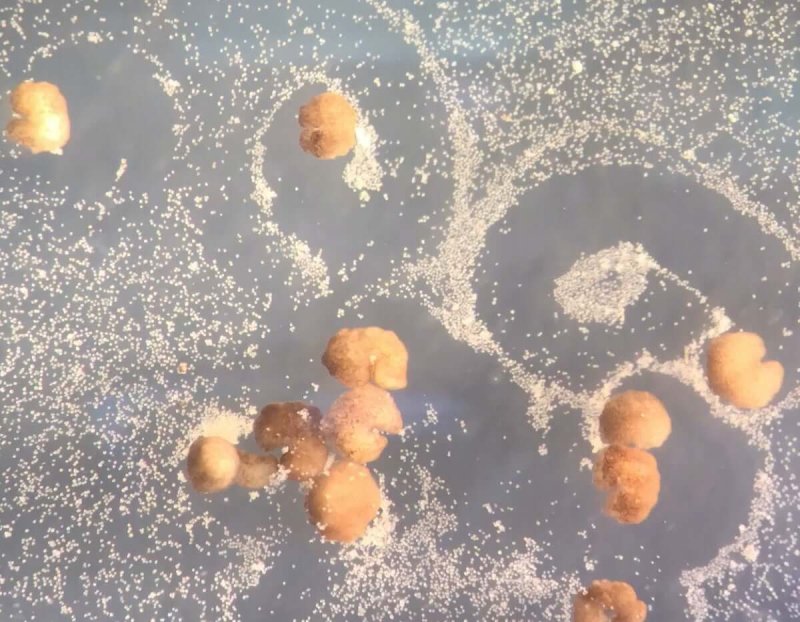It should come as little surprise that pioneering work in biological robotics is as controversial as it is exciting. Take for example the article published in December 2021 in the Proceedings of the National Academy of Sciences by Sam Kreigman and Douglas Blackiston at Tufts University and colleagues. This article, entitled “Kinematic self-replication in reconfigurable organisms,” is the third installment of the authors’ “xenobots” series.
In their prior study, this interdisciplinary team of roboticists, developmental biologists, and computer scientists (which makes up the Institute for Computationally Designed Organisms) showed how xenobots can be generated through the self-assembly of pluripotent Xenopus laevis stem cells and programmed through artificial intelligence (AI)-guided design for functions such as walking locomotion.
Xenobots were next shown to be capable of navigating aqueous environments through ciliary swimming, repair damage, and exhibit novel properties as swarms. In the latest report, the Tufts team has extended this model system, showing that xenobots are capable of reproduction.
…
Darwinian systems are inherently dangerous: difficult to control even under the best of circumstances. There may be real value in designing biological machines capable of performing a specific function, and then expiring, with little risk of gaining evolutionary autonomy.































